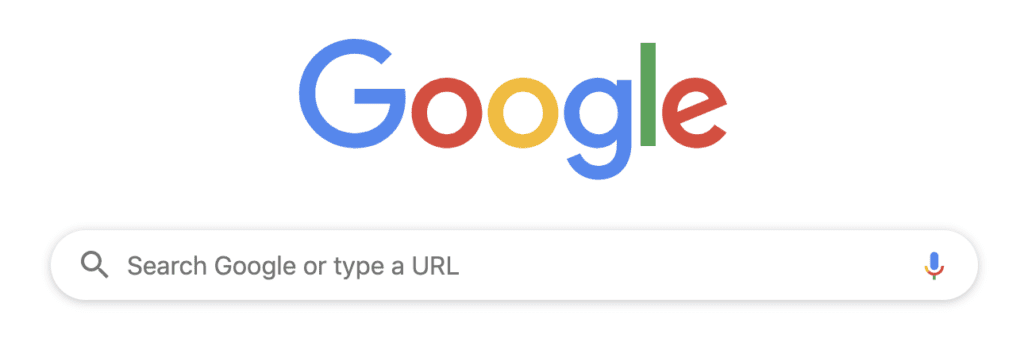Twenty-six years ago, in 1993, I started my new job at Georgia Tech after just graduating with my master’s degree in communications. The first project I was assigned was to use the new Nikon Scanner to help start a computer catalog of the photos shot for our department at Georgia Tech.
I tried to design a system using Filemaker Pro but found the software that came with the Nikon Scanner. That software was Cumulus.
Using that software, I created the first computer photo catalog system for Georgia Tech.
In 2008 I pitched to Chick-fil-A’s corporate communication team to use PhotoShelter as the system to handle the photos online.
PhotoShelter did a story on how we implemented their online database system. Here is that link.
I have consulted many businesses, nonprofits, and colleges through the years, helping them set up their photo catalog.
This week, I saw online that Andrew Wiard posted a great article, “THE FOUR CS – METADATA MUSTS.”
I have written about Metadata and the International Press & Telecommunications Council a few times on this blog. I recommend using PhotoMechanic to embed your text into your photos so they are searchable. You can also use the Adobe products Lightroom and Photoshop to do this as well. I find that PhotoMechanic is the fastest and easiest way to edit and, most of all, deal with embedding metadata.
When you are adding content to the metadata and you click on the triangle on the right of the Keywords, you will get the pop up you see with what I use is the Structured Keywords.


You can type each of the words or use a database that is much faster.
Carl Siebert has created two videos I recommend to help you speed up the process of creating keywords with PhotoMechanic.
I have created structured keyword lists for my clients and used a generic list for my tagging. For example, Chick-fil-A needs what I call industry-specific lingo for their searches. This would be true for any business.

Google is the Gold Standard for search. Google continues to work on its system, so you find what you need when you search for something. Now Google is very advanced. If you had ten people search the same word, they would likely get a different result.
You see, Google knows your past searches and goes to great lengths to be sure your search results fit you the best way possible.
Most photo search fields for photo databases look similar to the Google search bar, and you can refine those searches as I show here with PhotoShelter.
Andrew Wiard’s “Four Cs, Five Ws and an A” is missing what I think is critical. Keywords will help your clients find your photos.
Client Searches
If you shoot an assignment for a client, they will likely not need you to find those images. Clients will call and ask if you have a photo. They will then describe what they are looking for from your collection.
Do you have back-to-school photos? Do you have beach photos? Do you have bad weather photos?
While you can remember shooting a photo and finding it, you will improve your ability to see your images had they been tagged with keywords and not just a caption.
Link to blog post explaining that, “Photographers need to understand difference between Captions & Keywords”
Too often, photographers do a poor job because “We Assume and Use Our Own Words.” We have to think about the client looking for a photo. Not the words we would use to find it, but they will use.
We often create databases that communicate something beyond the target’s comprehension level. Use words your readers will be comfortable with.
Avoid using jargon or acronyms – and if you absolutely must use them, make sure you explain them in simple terms. Think about the client. Be clear on what you’re trying to say and structure your words to make sense to your audience.
Click on the image above to go to fotoKeyword Harvester if you want to buy a keyword generator. It works great, especially if you are new to putting keywords with your pictures.
Summary
You need to embed words into your images to make them searchable. The words you use need to be the words that clients will use to find the photos, not the ones you would use to describe the images.
It would help if you had good Keywords besides writing a good caption – that’s the 5 ‘W’s. Who, What, When, Where, and Why. Without this information, a picture is useless for editorial purposes. There is no limit to additional details, but these five are mandatory.
I suggest buying a Keyword list to start with and then learning to create custom structured keyword lists for your clients and using PhotoMechanic to embed these into the photos.
One of the best ways to create a custom keyword list is to ask your client to do this for you. Can you give me the search words you would like to use to find photos in your image library? I did this with Chick-fil-A, and this helped me to help them find the images they needed. You can combine that list with a traditional keywords list.
When you take these steps, you will make your images easier to find for your clients and you.






